INTRODUCTION
The testes contain two anatomical units: the spermatogenic tubules, composed of germ cells and Sertoli cells, and the interstitium, containing Leydig cells that produce androgens. The testes are stimulated by luteinizing hormone (LH) and follicle-stimulating hormone (FSH) from the gonadotroph cells of the pituitary, and they in turn are stimulated by gonadotropin-releasing hormone (GnRH) from the hypothalamus.
FUNCTION
LH stimulates testosterone synthesis, and FSH and testosterone regulate spermatogenesis. Testosterone can be converted to 5-alpha-dihydrotestosterone, which mediates many of the differentiative, growth-promoting, and functional aspects of androgen action in males. Alternatively, testosterone can be aromatized to oestradiol, which exerts effects that are independent of, opposite to, or synergistic to those of androgens.
Of the 50 mcg of oestradiol formed daily in normal adult men, about 85 percent is synthesized in extraglandular tissues, and the remainder in the testes.
The major functions of androgens in males include:
- Regulation of gonadotropin secretion by the hypothalamic-pituitary system
- Initiation and maintenance of spermatogenesis
- Formation of the male phenotype during embryogenesis
- Promotion of sexual maturation at puberty and its maintenance thereafter
- Increase in lean body mass and decrease in fat mass

